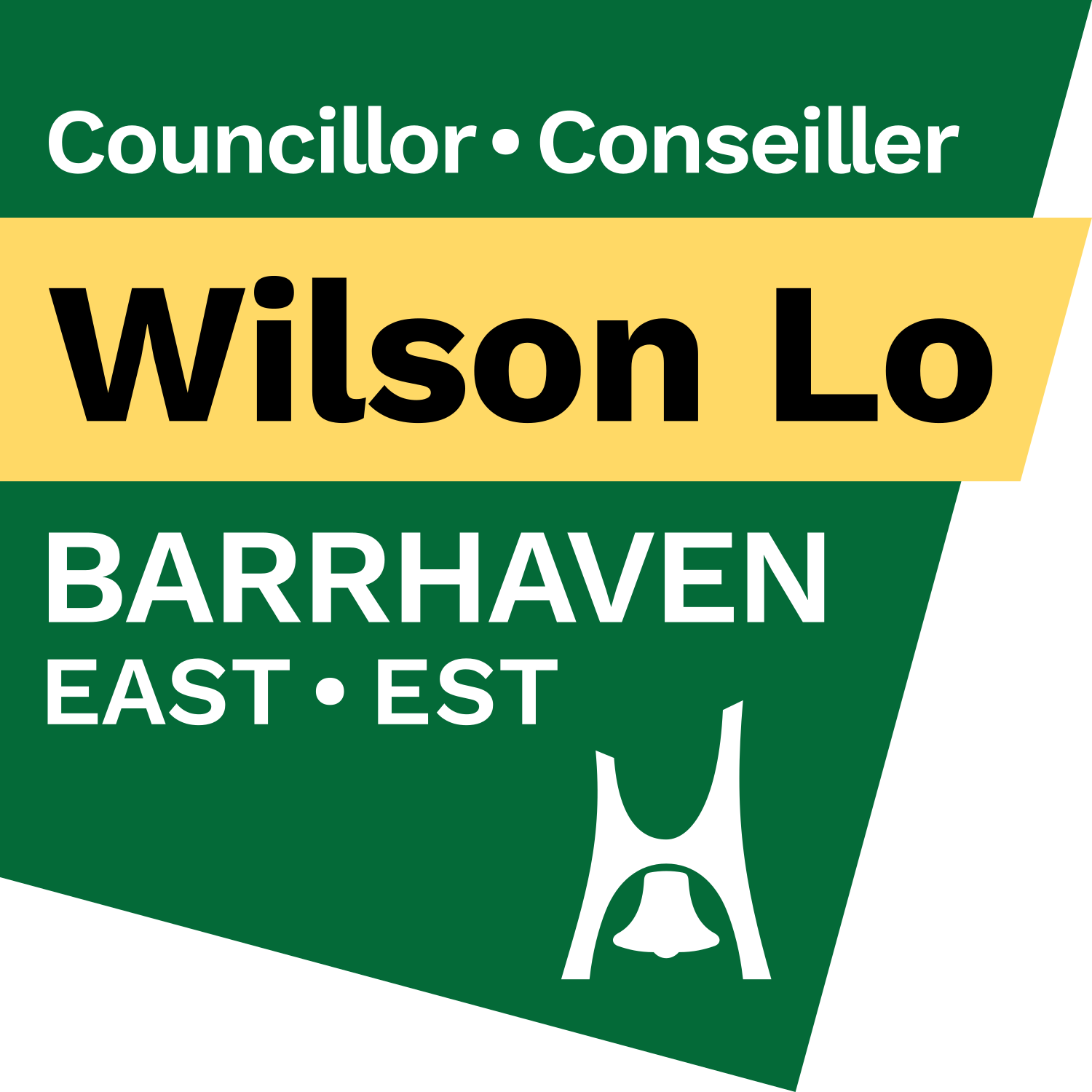October is Circular Economy Month — let’s rethink waste!
What Is a Circular Economy?
A circular economy is a system that retains and recovers as much value as possible from resources and finds innovative ways to better the environment and the economy. Unlike the traditional linear model of "take, make, dispose," the circular approach focuses on reusing resources, designing products to last, and repairing rather than replacing.
Benefits include:
Less waste and pollution
Lower carbon emissions
Conservation of natural resources
Lower carbon emissions
Conservation of natural resources
Support for biodiversity
Stronger economy by using resources wisely
In a circular economy, materials are kept in use for as long as possible. Products are made to be durable, repairable, and recyclable—reducing environmental impact and creating a more sustainable future.
Want to learn more? Visit Circular Economy Month
How is the City is supporting a circular economy?
Reducing waste and reusing more was identified as a priority by residents during the development of the Solid Waste Master Plan. We are now laying the groundwork for preventing waste, keeping materials in use, and transitioning toward a zero-waste future.
Circular Economy Roadmap and Implementation Plan
This plan will support the city's transition away from a "take-make-dispose" model toward a circular economy that prioritizes reuse, repair, and regeneration of materials across all sectors.
Community Waste Reduction and Reuse Action Plan
This plan will identify what's needed to support and enhance local sharing, reuse, and repair initiatives. It is based on extensive research and a public survey on Engage Ottawa that highlighted community needs, successes, gaps, and partnership opportunities.
For information visit Ottawa.ca/WastePlan.
Circular Economy in action – turning leaf and yard waste into topsoil
Each year, the City’s Solid Waste Services team collects and processes up to 20,000 tonnes of leaf and yard waste from Ottawa residents. This material is transformed into nutrient-rich material known as potting soil.
In 2024, Solid Waste Services launched a pilot project to take this one step further—producing topsoil for City capital projects at the Trail Road Waste Facility Landfill. The process involves grinding the leaf and yard waste to make it smaller, composting it in large piles to reach the right temperatures, turning and curing it, and then blending it with screened sand from City properties. A drone was even used to help fine-tune the topsoil recipe before final screening and use.
The topsoil created through this pilot was used in the Stage 3B capping project at the landfill, saving the City an estimated $1.2 million in 2024—even after accounting for production costs. Beyond cost savings, the project reduced greenhouse gas emissions and road wear by producing the material close to where it was needed.
With the success of the pilot and the upcoming shift to single-stream leaf and yard waste collection in 2026 (which will increase the volume of material collected), Solid Waste Services is now exploring how to distribute this topsoil to other City departments.
This is a great example of the circular economy in action—turning waste into a valuable resource while supporting a greener, more resilient Ottawa.


